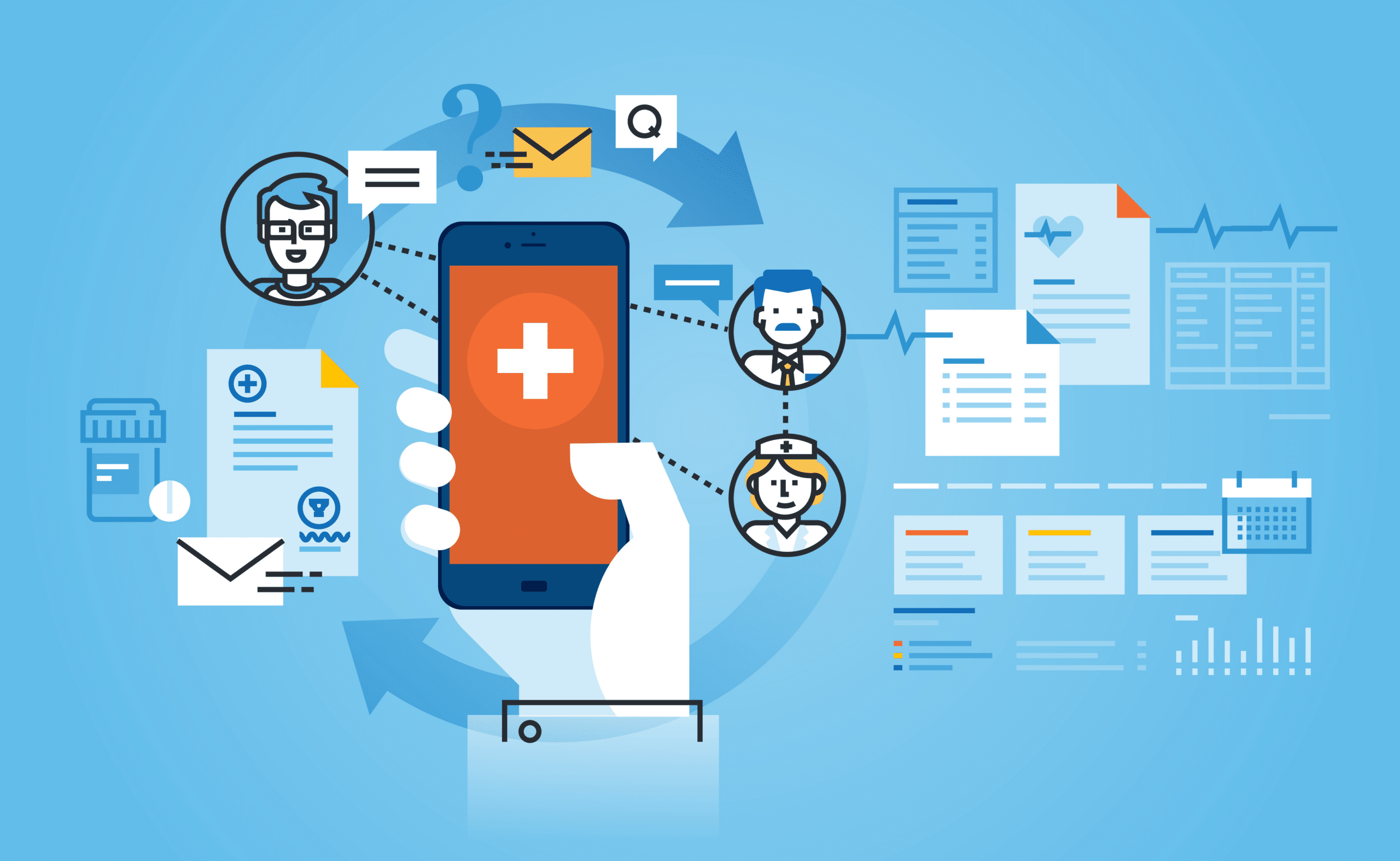The U.S. healthcare industry spends almost $4 trillion a year, and administrative spending is nearly one-quarter of that total cost. Combine that with a crisis-level labor shortage and you end up with an economic landscape that has organizations desperate to cut costs and do more with less — all without compromising the patient experience.
Thankfully, advances in technology have created new opportunities for healthcare organizations to reduce costs, whether it’s by reducing employee turnover or automating manual processes that get in the way of efficiency. Here we detail five different ways that healthcare organizations can reduce organizational costs with the power of Salesforce.
Retain your current talent
Since the start of the pandemic, the healthcare and life sciences industry has seen an increase in labor costs. A bedside nurse making $35 an hour before COVID-19 could make $100 an hour as a traveling nurse. Those traveling jobs are still available but have become less prevalent, so there are new opportunities for those workers to go outside of traditional bedside nursing to more non-traditional roles: a remote nurse doing telemedicine, administering tests in a trailer in a hospital parking lot, or even triage for a sister hospital in a different state.
Hospital providers are trying to attract talent because they need to backfill all those roles that they lost to COVID-19 while also trying to retain the employees that they have. Instead of a nurse going from $35 to $40 an hour at another hospital, how do you actually retain them? Salesforce opens up a number of possibilities.
You can offer incentives like free gym memberships, meal comps, and items from the hospital swag store. Or you can uncover where there is potential for promotion within the hospital system itself. Hiring is a huge cost for healthcare organizations, and it’s much less expensive to retain an employee than to hire for a position over and over again.
Enhance your contact center
The goal of contact centers should be to make the patient experience as comforting as possible through both personalization and self-service — striving for that perfect balance between automation and a live, human-touch interaction. Providing personalized reminders, aftercare, and follow-up outreach to patients will drive adherence to care plans and reduce no-shows, cancellations, and readmissions.
When building patient communications, it’s important to remember that personalization goes beyond content. To guarantee maximum value from every message you send, you need to have the ability to capture patient preferences for timing, frequency, and channels for communication.
The contact center experience should begin by providing your caller with a ‘know your customer’ experience. Insights driven by AI, call scripting, next best actions, and knowledge articles power your contact center to drive efficiency and scalability, and you can automate your service replies to reduce manual tasks and use Einstein Co-Pilot to enhance productivity. Salesforce technology enables you:
- Utilize health scores to rapidly provide a personalized response to the patient’s inquiry. Scores are calculated by aggregating and harmonizing clinical, device, and claims data from a variety of sources.
- Automate patient outreach when care measures fall outside specific thresholds and intervention may be necessary. Care measures are available through near real-time data integrations with medical devices or EHRs.
- Resolve calls faster with conversational and generative AI that leverages pre-summarized EHR/claims data specific to patient’s responses.
Improve your outreach
Centers for Medicare and Medicaid are slowing down reimbursement rates for providers in order to encourage value-based care models that focus on improving patient experience and engagement while improving value through better outcomes at a reasonable cost.
In the past, if a patient was experiencing stomach pain, they would go into a hospital for treatment, potentially have exploratory surgery, and then be discharged. Now, triage starts at home. The patient tracks their symptoms, or tries a few different solutions before going into the hospital. The goal is capturing the preemptive disease before it actually impacts the body.
Once the preventative measures are completed, then it’s time for the patient to receive treatment. The focus is on making sure they aren’t readmitted into the hospital in three months by consistently following up. Are they taking their medication? Are they following through with physical therapy or other doctors orders?
Instead of seeing the patient seven times in three months at the hospital, it’s far more cost-effective to see them in a number of different ways, and make sure that they’re a healthier patient over time. This significantly decreases costs to the insurance companies versus getting admitted into the hospital, which increases the cost for the hospital over and over again because every time a patient is admitted means there is another bed that’s being taken, another nurse, another doctor.
Automate manual processes
Manual processes are a hurdle for healthcare organizations. Many are using Smartsheets for intake, so a patient goes to a website, fills out a form that lives in Smartsheets, and then someone from the hospital has to manually extract the data so they can take actionable steps like booking an appointment or responding with prescription information.
Technology can streamline these outdated processes with automation, reducing provider costs by improving team efficiency. Here are a few examples:
- Scheduling appointments: Scheduling appointments, whether clinical or preventative, can be a challenge for all types of healthcare organizations. Leverage native workflow tools to create enhanced automation that minimizes obstacles, data entry, and paper-based processes while driving further insights into patient needs through next best actions.
Patients can use self-scheduling capabilities via the web or mobile to see availability by location, including detailed session- or location-specific instructions. Automated email and SMS confirmations provide reminders for their appointments and allow them to cancel or self-reschedule as needed. - Accessing and updating medical records: By integrating EHRs with Health Cloud, organizations can unify critical health data across disparate systems with clinical data models, enabling users to take action with intelligent recommendations. Accuracy of records improves because there is less human error and inconsistencies are detected and flagged.
Care teams can collaborate more easily and connect processes with automation to eliminate costly, repetitive tasks. This approach results in holistic real-time experiences that build and nurture patient experiences, both now and into the future. - Filing insurance claims: Claims processes have historically been time-intensive and difficult. Submit claims in minutes by automating data entry, sorting, and validation, saving your employees time by reducing manual tasks while processing claims much faster.
Connect siloed systems
Right now, all healthcare systems are using siloed systems — third-party org applications for hiring, retention, and outreach. If you’re trying to acquire more patients or sell more into accounts, tying that all into the Salesforce platform drastically increases your visibility and tracking of data. Let’s look at the example of a patient looking for new glasses. The initial goal is to purchase glasses, but because the provider has Data Cloud embedded in their org, they can see all the different touch points in the past and uncover that the patient also needs follow-up care because they are at risk of a corneal abnormality.
It’s not just about reaching the one-mile marker of what is needed today, but using Data Cloud to see all the different touch points throughout the patient experience to figure out if they need any intervention and/or follow-ups. If you’re using connected systems, you’re able to follow a journey that starts with a patient reaching out for something about their eyes and getting glasses. You then future-proof with follow-ups down the road, ensuring that they aren’t admitted to a hospital because their condition wasn’t detected ahead of time.
Learn more about how our healthcare team can help your reduce operational costs.




